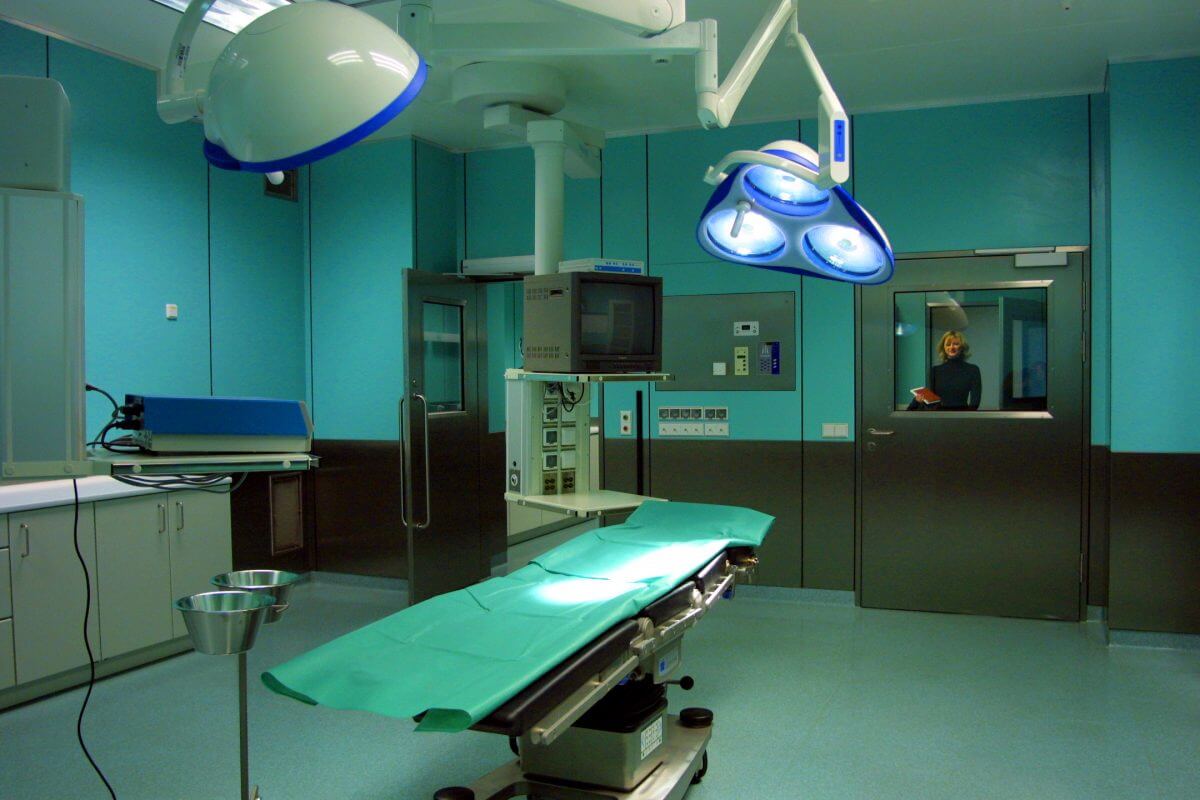Just over a year ago, a study conducted in Canada found operating room doors are opened and closed quite often during surgical procedures. Some believe this repetitive movement could increase a patient’s risk of developing an infection, and plaintiffs in the Bair Hugger litigation believe they are particularly at risk. The study found, on average, the operating room door is opened 71 times during an operation.
Operating rooms are kept at cold temperatures for a variety of reasons, but namely, the cold temperature helps maintain sterile conditions. When doors continually open and shut, it introduces warmer air into the room that could contain bacteria. Hospitals utilize controlled air systems to push air away from open wounds, but some patients believe these systems don’t work when combined with the Bair Hugger.
The blower unit that collects air to distribute over the patient in the Bair Hugger device is located on the floor. Plaintiffs in the Bair Hugger litigation allege the device sucks up warmer, contaminated air brought in through repeated door openings and closings.
While all types of post-operative infections can be dangerous, they are most difficult to treat when contracted during hip and knee implant surgeries. Dr. Martin Bédard, an orthopedic surgeon at Hôpital de l’Enfant Jésus de Québec explains an “infection following total joint arthroplasty remains a disastrous complication for both the patient and surgeon… once the bacteria is in contact with metal, it is very difficult, if not impossible to eradicate with antibiotics alone.” Patients with these types of infections must often undergo extensive antibiotic therapy and additional surgeries to remove the infection.
More than 700 Bair Hugger lawsuits await their day in court with the manufacturers believed to be responsible for the infections and injuries. While the litigation is still in the early phases, a status conference is scheduled for next week, which help move the litigation forward.

